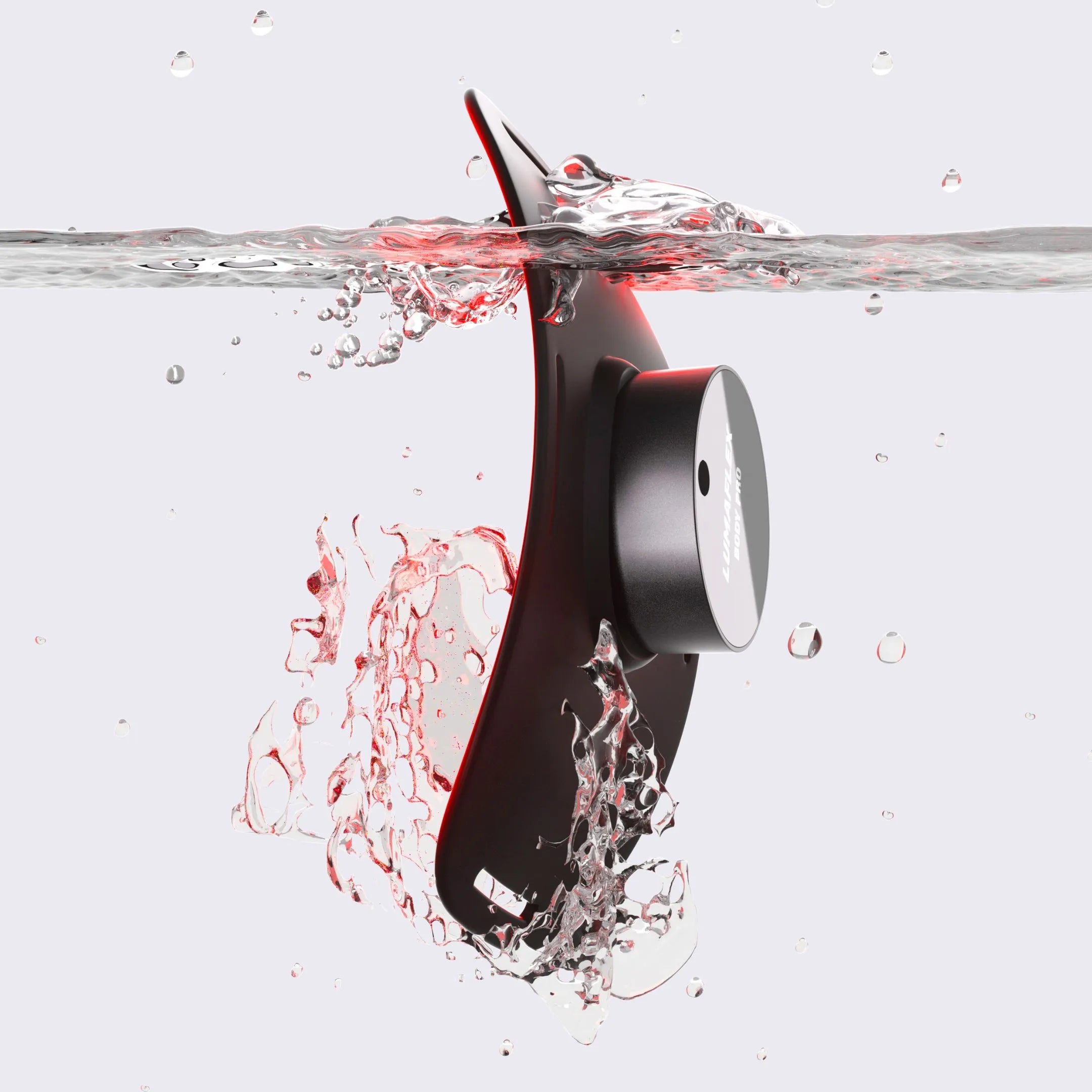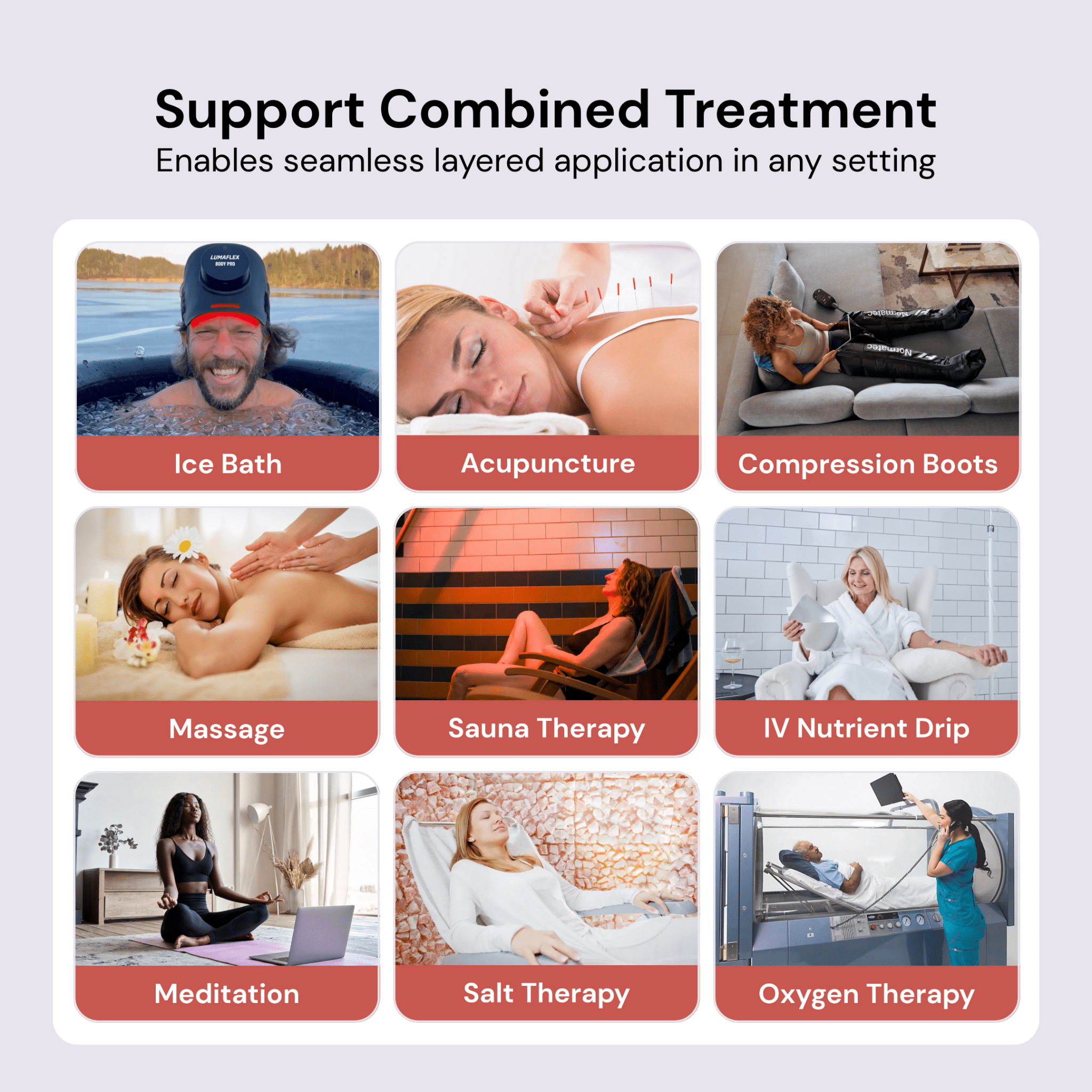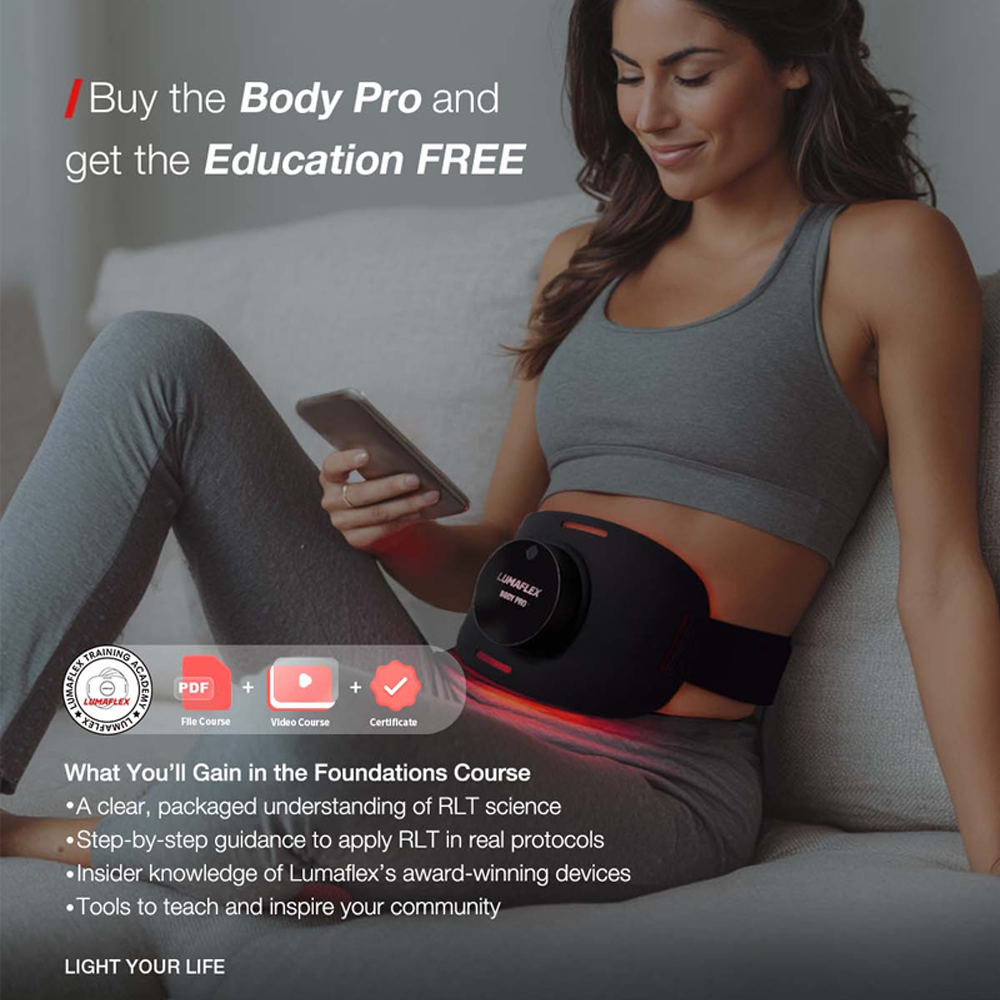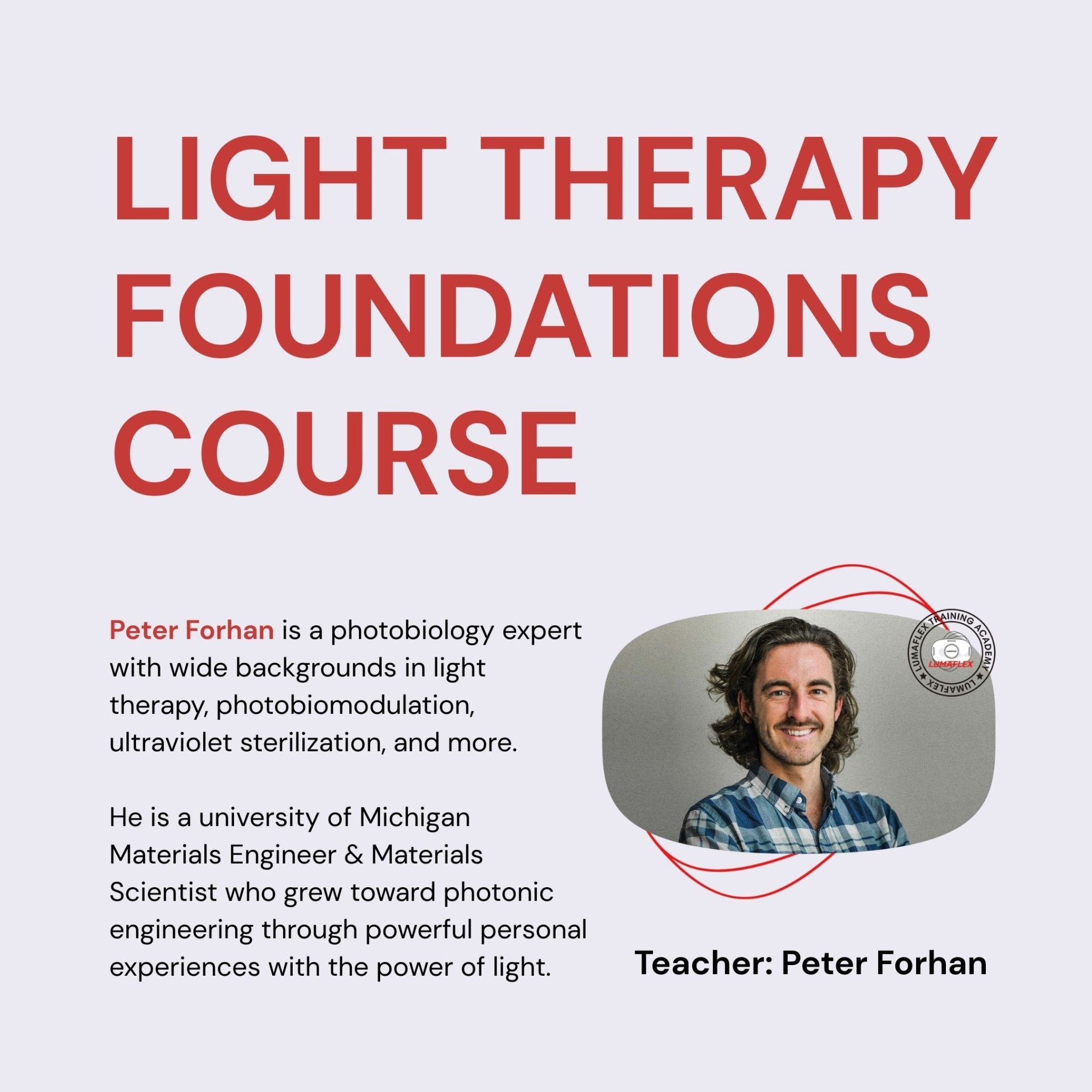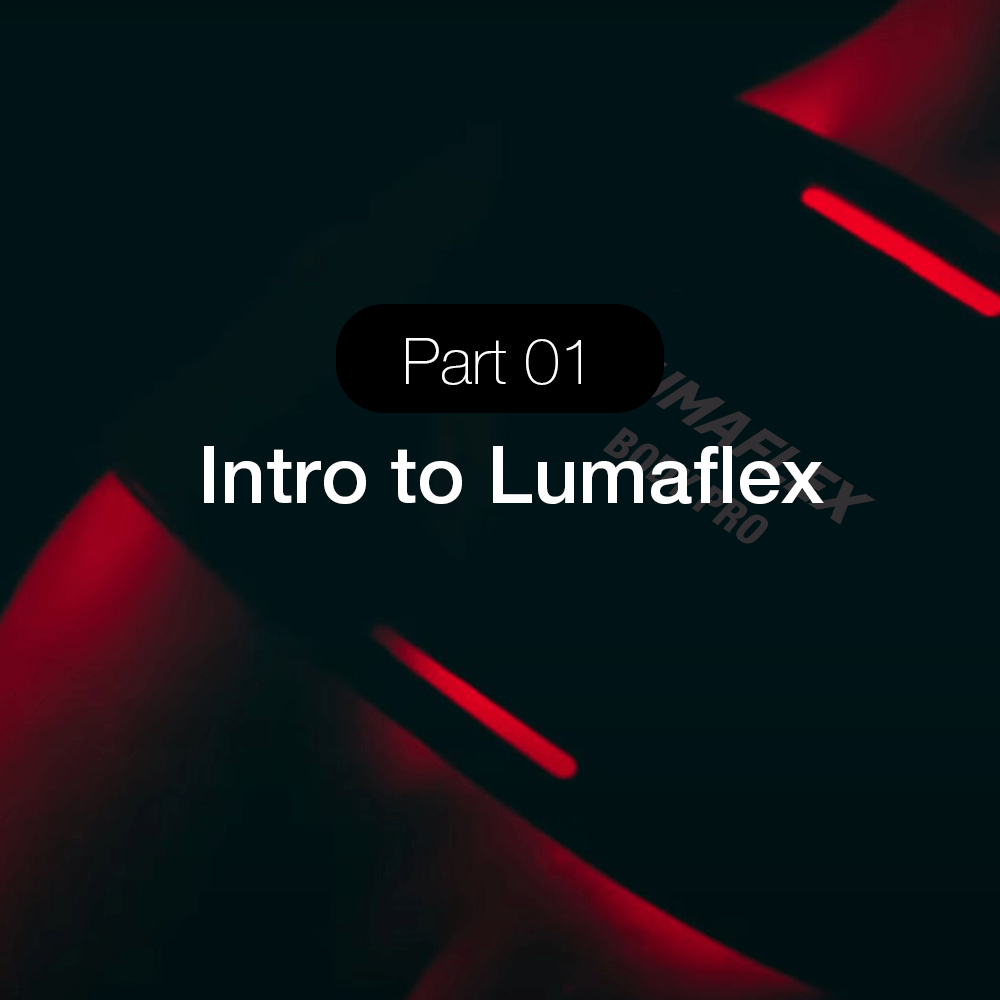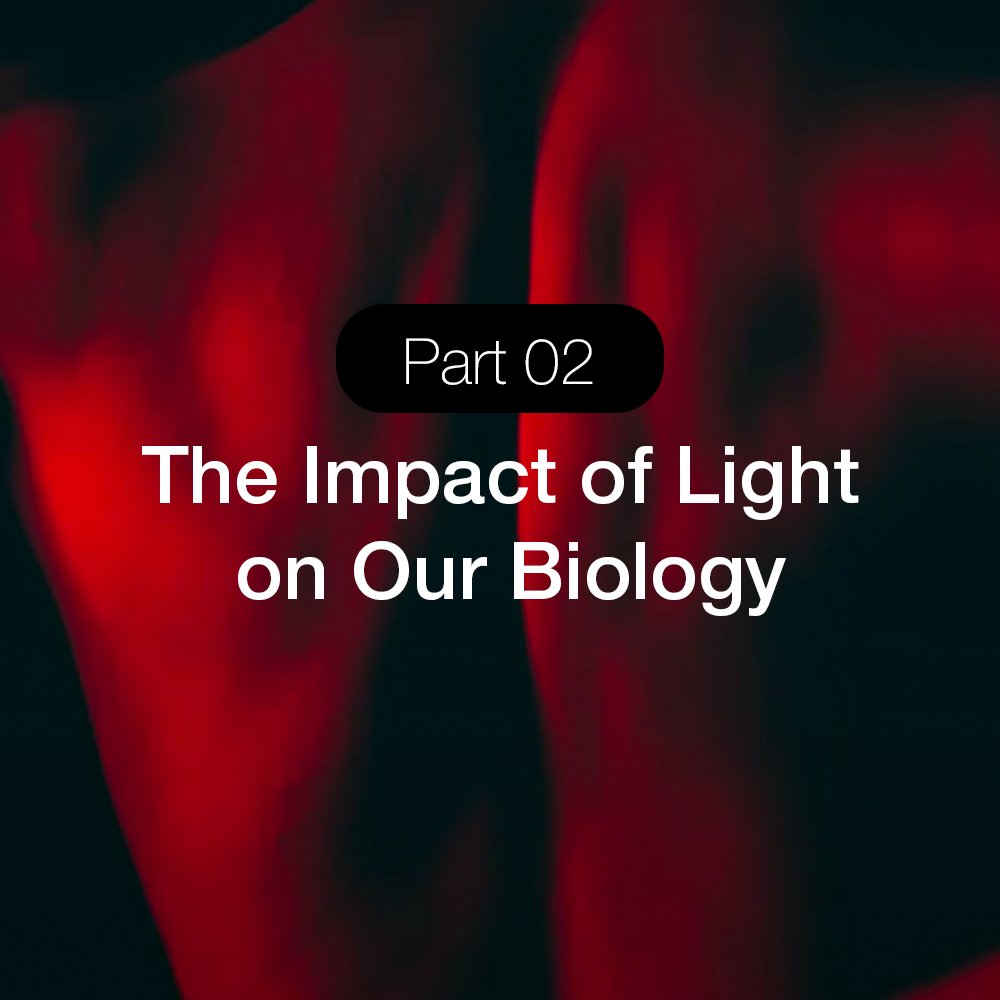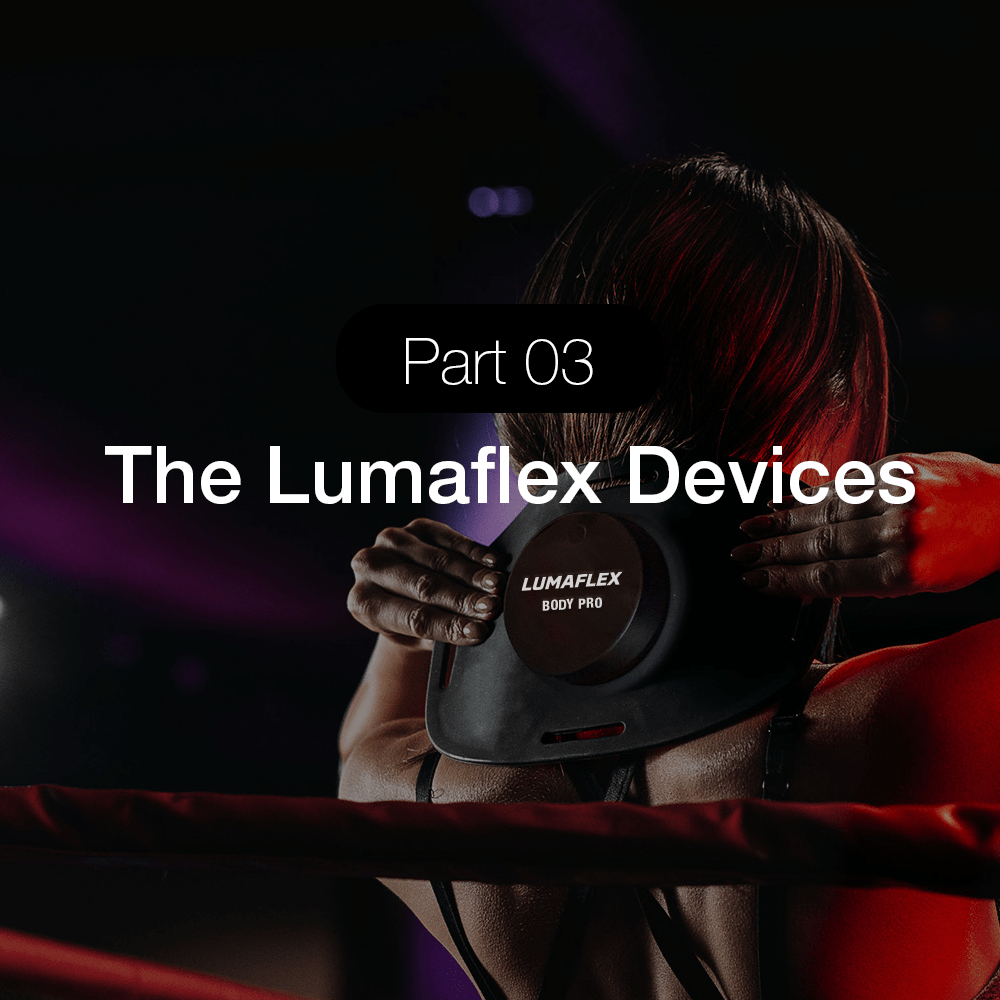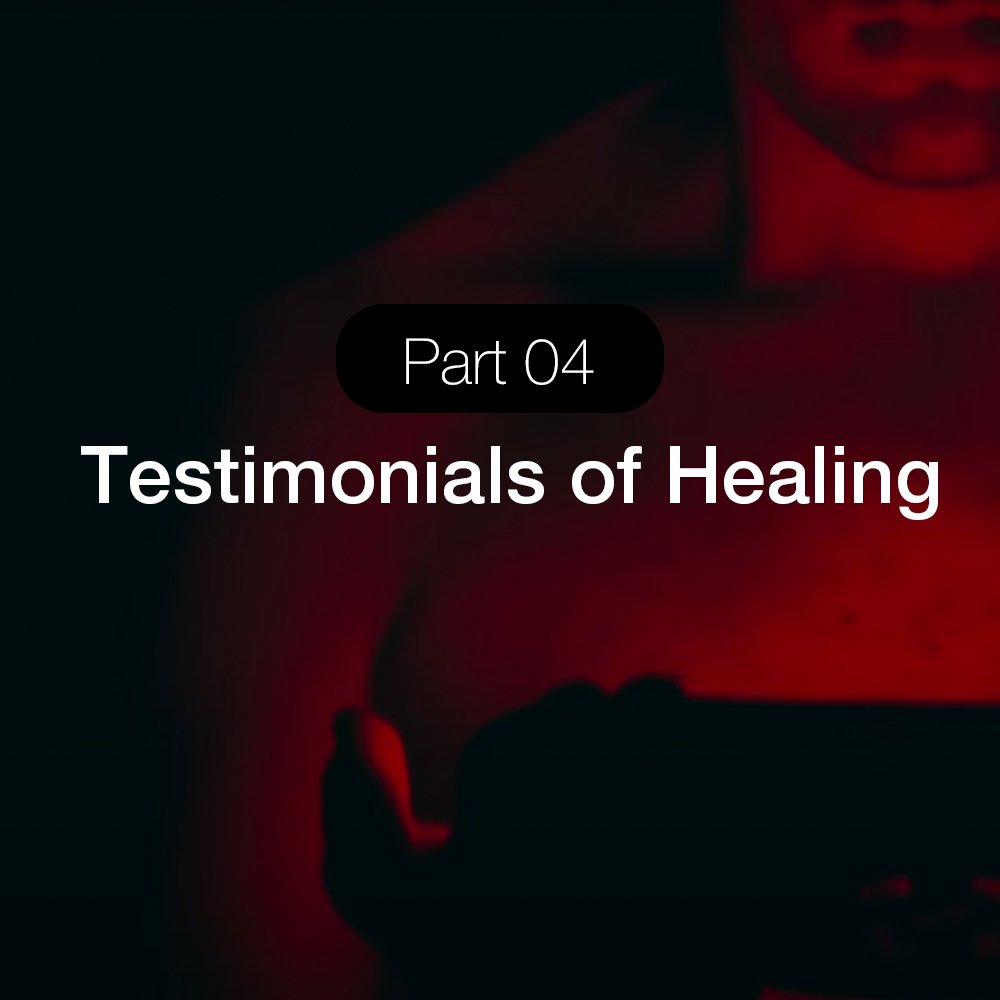Transcranial Photobiomodulation: Pain Relief & Healing

Introduction
Transcranial photobiomodulation may sound like a mouthful, but it is light reaching into the brain to change how we heal. It belongs to the same family of red and near-infrared therapies that athletes, recovery specialists, and wellness seekers already use, but this version is aimed directly at the command center: the brain.
Pain is more than sore muscles or stiff bones. It is a signal shaped and amplified by the brain itself. That means any approach to real recovery has to look at the neurological side of the story, not just the physical. By influencing brain activity at a cellular level, transcranial photobiomodulation is showing potential to ease pain, improve mood, and create a better environment for healing.
This therapy is no longer locked in research labs. It is becoming a tool people can explore in their own routines, merging neuroscience with everyday self-care.
Table of contents
What Is Transcranial Photobiomodulation and How Does It Work?
Transcranial photobiomodulation is the practice of directing red or near-infrared light onto the scalp so the energy can reach brain tissue. The light does not burn or damage. Instead, it interacts with the brain’s cells in ways that encourage repair, energy, and balance.
Here is what actually happens:
The light meets the mitochondria
These tiny structures inside each cell react by producing more ATP, the fuel that powers almost everything the body does.Energy sparks function
With more ATP, neurons fire more effectively, inflammation can settle down, and the brain can move away from stress toward recovery.-
Different wavelengths go to different depths
810 nanometers: reaches surface-level brain tissue
850 nanometers: penetrates deeper regions
1064 nanometers: gets to the most challenging layers of cortical tissue
This spectrum allows tPBM to be adjusted for goals ranging from sharper cognition to pain management.
By energizing cells rather than masking symptoms, tPBM sets off a ripple effect. People report clearer thinking, calmer moods, and even reduced pain, all linked to the way light recharges the brain’s own networks.

How Transcranial Photobiomodulation Influences Pain and Recovery
Pain is not just a signal from the body. It is interpreted, shaped, and amplified in the brain. Transcranial photobiomodulation works at this central level, helping the nervous system respond differently to discomfort and recovery challenges.
How tPBM Changes the Brain’s Response to Pain
Neuroinflammation calms down
Studies show that tPBM lowers the activity of cells releasing inflammatory molecules such as TNFα and NFκB. This creates a healthier environment for brain recovery.Neurons gain more energy
By enhancing mitochondrial performance, tPBM increases ATP production while reducing oxidative stress. Simply put, neurons have more fuel to work efficiently.Neurochemistry shifts
Research indicates that serotonin and dopamine—the chemicals that influence both mood and pain perception—are positively regulated with tPBM.Brain networks re-balance
Imaging studies show changes in cerebral blood flow and neural connectivity, suggesting that the brain processes pain signals more effectively after light therapy.
Clinical Findings on Pain Relief with tPBM
A controlled trial on fibromyalgia patients showed that twelve sessions of tPBM reduced pain, improved daily function, and sustained benefits for up to six months
Another four week whole body tPBM study found not only less pain but also improved mental well being and physical resilience.
A case report on chronic back pain and depression noted greater relief when tPBM was added to standard physical therapy compared to therapy alone.
In severe neuropathic scar pain, a patient reduced their pain score from six to one and discontinued both opioids and sleep medication after regular tPBM.
Why This Matters for Healing and Recovery
Pain drains more than energy. It interrupts sleep, heightens stress, and slows physical healing. By changing how the brain processes pain, tPBM does more than provide relief. It creates the right conditions for faster recovery, steadier mood, and a higher quality of life.

Brain and Bone Health Connection in Transcranial Photobiomodulation
The brain and the bones are closer allies than most people realize. Recovery is not only a matter of tissue repair. It is also shaped by the way the brain manages stress, regulates sleep, and guides the body into balance. Transcranial photobiomodulation taps into this relationship by tuning brain activity in ways that ripple through the healing process.
Stress as a Barrier to Recovery
High stress levels keep cortisol elevated and slow down the body’s ability to repair. When the brain is stuck in that loop, bone and tissue healing are delayed. tPBM helps calm neural circuits that fuel stress, allowing the body to work in a state that favors regeneration. This is why many users report clearer thinking and an easier time resting after regular sessions.
Evidence of Healing Support
Several studies provide insight into how PBM influences recovery.
Research on fracture healing has reported that patients receiving PBM experienced less pain and improved physical function, even though radiological measures of bone bridging did not always show significant changes.
A systematic review of dental bone repair found that out of 25 studies, nearly half showed measurable improvements in bone and tissue healing, suggesting that wavelength and dosage are critical factors.
In preclinical trials, PBM at 808 nm combined with biomaterial scaffolds stimulated greater bone growth compared to scaffolds alone, pointing to a synergistic effect
Cognitive Health Shapes Bone Health
Alzheimer’s disease offers a powerful example of this brain–bone connection. Beyond memory decline, it disrupts sleep cycles, increases stress hormones, and contributes to frailty. Clinical use of tPBM in Alzheimer’s patients has shown improvements in cognitive scores, mood, and sleep quality. These changes indirectly support bone strength by reducing the biological stressors that weaken skeletal health over time.
A Brain-Centric Path to Stronger Bones
Although tPBM is directed at the brain, the benefits extend beyond cognition. Clearer focus, steadier mood, and restorative sleep create the conditions for the body to heal at its best. In this way, caring for the brain with light therapy is also an investment in bone resilience and long-term recovery.

Adding Transcranial Photobiomodulation to Daily Self-Care
Healing does not begin and end at the clinic. It is shaped by the daily choices that create an environment where recovery can thrive. Transcranial photobiomodulation can play a central role in that process, especially when used as part of a thoughtful routine.
Practical Routine Ideas with tPBM at Home
Most tPBM devices are designed for safe and consistent use. The important part is choosing a device that delivers the right wavelengths for brain penetration, typically in the near-infrared range. Short, regular sessions a few times per week are often more effective than occasional, long sessions. Treating it as a ritual rather than an experiment makes it easier to stay consistent.
Pairing tPBM with other forms of light therapy can strengthen results. While tPBM calms the brain and reduces the perception of pain, red light directed at bones or muscles supports circulation and tissue repair. Near-infrared light in the 810 to 1064 nm range penetrates deeply into brain tissue, while red light closer to 660 nm supports surface-level repair. Learning how to combine them allows for more personalized results.
Lifestyle Integration
Light therapy is most effective when surrounded by other supportive practices. Good nutrition fuels the mitochondria, meditation or breathwork eases stress, movement keeps circulation strong, and restful sleep allows the brain to integrate the benefits of therapy.
A simple evening routine might look like this: a 15-minute tPBM session while listening to calming music, followed by a protein-rich dinner that supports tissue repair, a few minutes of gentle stretching, and finally lights out at a consistent bedtime. With brands like Lumaflex now offering medical-grade technology in accessible formats, this type of recovery-focused rhythm can become part of everyday life rather than a complicated treatment plan.

Who Can Benefit Most from Transcranial Photobiomodulation?
Transcranial photobiomodulation is not reserved for laboratories or clinics. It has practical relevance for very different groups of people, each approaching it from their own needs.
tPBM for athletes
For athletes, recovery is the currency that determines performance. tPBM has been shown to reduce brain fatigue, improve reaction times, and even speed up rehabilitation after concussions or impact-related injuries. A 2021 review in Frontiers in Sports and Active Living noted that photobiomodulation could improve exercise performance and recovery by supporting mitochondrial function and reducing oxidative stress. For athletes juggling long seasons and travel schedules, adding tPBM can mean faster turnaround between training sessions and games.
tPBM for seniors
Aging does not just affect muscles and bones. The brain itself slows down under the weight of stress hormones, inflammatory processes, and disrupted sleep. Clinical studies on tPBM suggest improvements in cognitive clarity, mood stabilization, and even better regulation of sleep cycles in older adults. These benefits extend indirectly to bone and joint health since lower stress and better sleep create a stronger foundation for healing.
tPBM chronic pain patients
Chronic pain is as much about the brain’s interpretation of signals as it is about damaged tissue. tPBM’s ability to modulate neurotransmitters and reduce neuroinflammation makes it a potential therapy for conditions where pain signals refuse to turn off. Research published in Pain Medicine found measurable reductions in chronic migraine frequency and severity after repeated tPBM sessions. For people living with daily discomfort, this means relief that does not rely solely on pharmaceuticals.
Key Takeaway: Healing Through Brain-Directed Light Therapy
Transcranial photobiomodulation is more than a technical therapy. It is a way of using light to shift how the brain interprets pain, recovers from stress, and supports the body’s natural healing process. From easing chronic discomfort to helping athletes and seniors maintain resilience, its strength lies in addressing both the neurological and physical sides of recovery.
The real value comes when it becomes part of a broader self-care practice. Pairing tPBM with nutrition, movement, and restorative sleep makes the therapy more effective and sustainable. It is not about quick fixes but about creating conditions where the brain and body can cooperate in healing.
With options like Lumaflex making medical-grade devices accessible for home use, anyone curious about light-based recovery now has a safe way to explore it. The future of pain management and recovery may be brighter than we think—literally.
Frequently Asked Questions About Transcranial Photobiomodulation
What are the benefits of transcranial photobiomodulation?
Transcranial photobiomodulation may reduce pain, support recovery, improve mood, enhance sleep, and boost brain performance by stimulating cellular energy and reducing inflammation.
Is brain photobiomodulation safe?
Yes, when used with medical-grade devices, brain photobiomodulation is generally safe, non-invasive, and well tolerated. Side effects are rare and mild, but consultation with a healthcare provider is recommended.
What is the photobiomodulation treatment?
Photobiomodulation treatment uses red or near-infrared light to stimulate cells. Applied to the brain, it enhances mitochondrial function, reduces inflammation, and supports healing. Sessions typically last 10 to 20 minutes.
What is transcranial photobiomodulation for Alzheimer’s disease?
Research suggests transcranial photobiomodulation may improve memory, attention, and mood in Alzheimer’s patients by reducing brain inflammation and enhancing blood flow, though it is not a cure and should complement medical care.
Related Readings
- Holistic Healing: Combining Salt Chambers and Red Light Therapy for Brain Injury
- Lighting the Path to Recovery: Red Light Therapy for Traumatic Brain Injury
- PTSD Seizures: Uncovering the Hidden Struggle and Its Impact on Daily Life
- How Guided Meditation for Healing Works with Red Light Therapy
- The Gold Standard: FDA Cleared Red Light Therapy Devices for Serious Biohackers
- Accelerated Bone Healing with 660 nm Low-Level Laser Therapy and Bone Marrow Coagulation
- Synergistic Effects of Concentrated Growth Factor and 1064 nm Low-Level Laser Therapy on Bone Healing
- Enhanced Bone Volume via 1064nm Nanosecond Pulsed Laser Irradiation: Increased Osteoblast Activity and Reduced Osteoclast Number
- Effect of 904nm Infrared Laser on Bone Metabolism in Rats: A Pilot Study
- Medical-Grade Red Light Therapy Devices for Pain Relief





